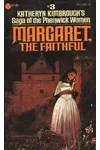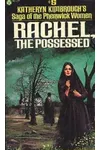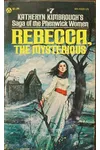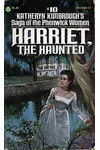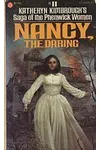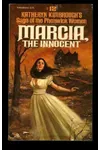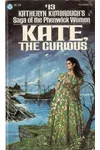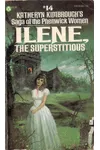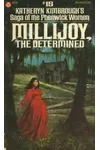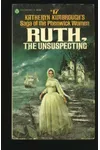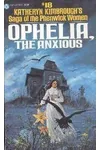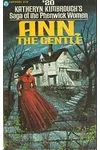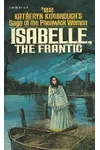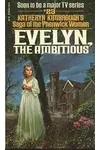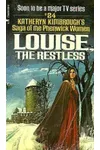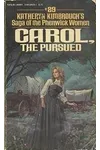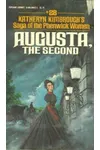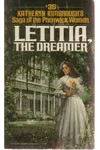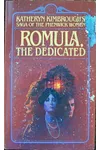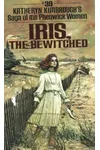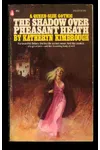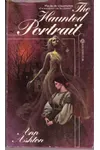Picture a storyteller who spun tales of haunted mansions and fearless heroines, captivating readers with gothic romance—meet John M. Kimbro! Born in 1929, this American author penned over eighty books, including the iconic forty-book series The Saga of the Phenwick Women. Writing under pseudonyms like Katheryn Kimbrough, Kimbro wove intricate historical narratives that made hearts race and imaginations soar.
With a knack for crafting strong female protagonists, Kimbro revolutionized the gothic romance genre in the 1970s. His stories, filled with secret passageways, ghostly whispers, and forbidden love, transported readers to a world of mystery and passion. Let’s dive into the life and legacy of this prolific writer whose work still enchants readers today!
The Making of John M. Kimbro
Born on July 12, 1929, in Los Angeles, John Milton Kimbro grew up in Monterey Park, California. After high school in Alhambra, he attended Pasadena City College, dabbling in various jobs like clerical work and banking while nurturing his dream of writing. In the 1950s, living in Denver, Kimbro wrote novels across genres, but success remained elusive. His early career was a patchwork of odd jobs and creative pursuits, including a stint performing in the Broadway musical Oliver! in 1963–64. Yet, it was his pivot to gothic romance that would define his legacy.
John M. Kimbro’s Unforgettable Stories
Kimbro’s breakthrough came with The Saga of the Phenwick Women, a forty-book gothic romance series launched in 1975 under the pen name Katheryn Kimbrough. Starting with Augusta, the First, the saga follows the Phenwick family across centuries, blending castles, occult mysteries, and strong-willed heroines. Augusta, a determined young woman, schemes her way to colonial America, setting the tone for Kimbro’s bold protagonists. Another standout, Jane, the Courageous, features Jane Munsk, an adopted heiress navigating forbidden love and family secrets.
Other notable works include Night of Tears (1976), a chilling tale of paranormal ecstasy, and Twilight Return (1976), steeped in ghostly intrigue. Kimbro’s style was vivid and fast-paced, with novels averaging 70,000–90,000 words, written in just two to four weeks. His use of pseudonyms like Ann Ashton and Charlotte Bramwell allowed him to explore diverse themes, from witchcraft to reincarnation, keeping readers hooked with cliffhangers and emotional depth.
The Phenwick series, published from 1975 to 1982, stood out for its historical sweep and supernatural flair. Kimbro’s heroines, like Rachel in Rachel, the Possessed, faced gothic staples—haunted estates, villainous suitors, and spectral visions—yet emerged as empowered figures, resonating with readers seeking escapist yet relatable stories.
Why John M. Kimbro Matters
Kimbro’s impact on gothic romance was profound, particularly during the genre’s 1970s boom. His Phenwick series cultivated a devoted fan base, with readers addicted to its vivid characters and sprawling narratives, as noted by Kristi Lynn Glass of Gothic Journal. By centering female protagonists who defied societal constraints, Kimbro helped redefine the genre, aligning with the era’s growing interest in women’s independence.
Though he stopped writing gothic novels in the 1980s, Kimbro’s later years in San Francisco saw him explore spiritualism and advocate for senior citizens. His death in 2004 at age 75 marked the end of a remarkable career, but his stories endure, inspiring modern gothic romance authors and delighting new generations of readers.
- Born: July 12, 1929, in Los Angeles, California
- Key Works: The Saga of the Phenwick Women, Night of Tears, Twilight Return
- Pseudonyms: Katheryn Kimbrough, Ann Ashton, Charlotte Bramwell, and more
- Died: December 26, 2004, in San Francisco
Ready to get lost in a world of gothic romance? Snag Augusta, the First and dive into John M. Kimbro’s spellbinding tales of mystery and passion!


